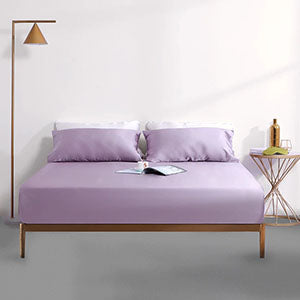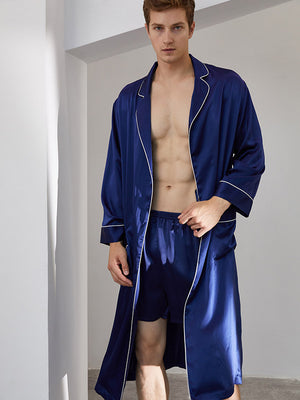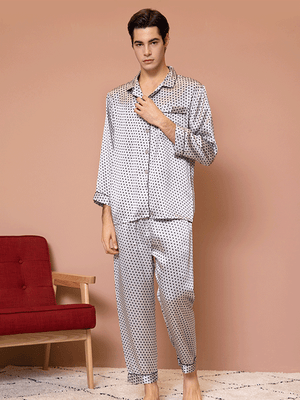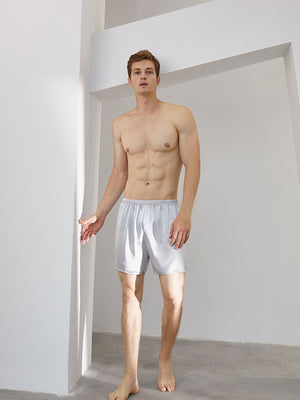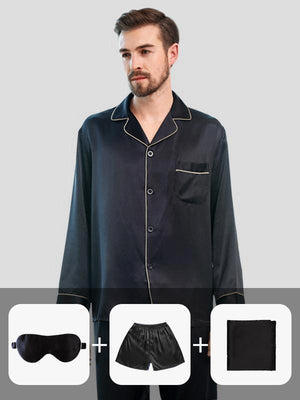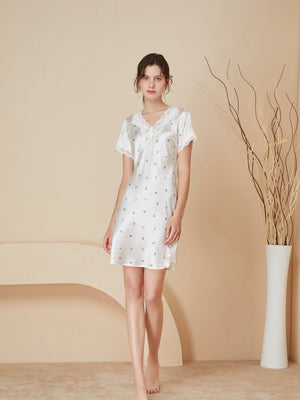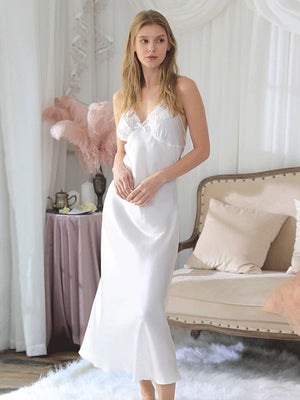Can You Sleep With Wet Hair on a Silk Pillowcase? The Surprising Truth Revealed
- par {{ author }} wangfred
-

Imagine slipping into bed after a late-night shower, your damp hair tousled over a luxuriously smooth silk pillowcase. It feels indulgent, but a nagging question lingers: Is this habit secretly damaging your hair or skin? The debate over sleeping with wet hair on silk has sparked curiosity—and confusion—for years. Let’s unravel the facts.
The Basics of Hair and Fabric Interactions
To understand the impact of wet hair on silk, we must first examine how different fabrics interact with moisture. Silk, a natural protein fiber, is renowned for its smooth texture and low friction. Unlike cotton, which absorbs moisture, silk allows water to sit closer to the surface. This characteristic can be both a blessing and a curse.
Wet Hair 101: What Happens While You Sleep
When hair is wet, its structure changes. The cortex swells, and the cuticle layer lifts slightly, making strands more vulnerable to breakage. Friction from tossing and turning exacerbates this fragility. Cotton pillowcases tend to tug on lifted cuticles, leading to frizz and split ends. Silk’s slippery surface minimizes this friction, but dampness adds a new variable.
The Silk Advantage: Myths vs. Reality
Proponents of silk pillowcases claim they prevent hair damage, reduce bedhead, and even slow moisture loss from skin. While studies confirm that silk’s low friction reduces hair breakage compared to cotton, its relationship with wet hair is less straightforward. Prolonged moisture exposure can weaken silk fibers over time and create a breeding ground for microbes if not properly cared for.
The Microbial Factor: What You Can’t See Matters
Damp environments encourage microbial growth. A silk pillowcase exposed to wet hair nightly may accumulate bacteria or mildew unless washed frequently. This doesn’t just threaten the fabric’s longevity—it could lead to skin breakouts or scalp irritation. Experts recommend washing silk bedding at least once a week and ensuring complete dryness before reuse.
Hair Type Matters: Who Benefits Most?
Curly or textured hair often benefits most from silk’s friction-reducing properties, even when damp. Straight hair, however, may see fewer advantages. Those with color-treated hair should be cautious: wet strands are more porous, potentially allowing dye to transfer onto light-colored silk.
Optimizing Your Nighttime Routine
If you insist on sleeping with wet hair, consider these compromises:
- Use a microfiber towel to remove excess water first
- Apply a leave-in conditioner to strengthen strands
- Flip your pillowcase daily to extend freshness
The Verdict From Dermatologists
Skin and hair specialists generally advise against sleeping with soaking-wet hair regardless of pillow material. However, they note that slightly damp hair on silk poses minimal risk if proper hygiene practices are followed. The key is moisture control—hair should be towel-dried to a damp state, not dripping wet.
Could this nighttime ritual be the secret to waking up with salon-worthy hair? Or is it an open invitation to split ends and skin troubles? The answer lies in balancing silk’s benefits with smart haircare habits. Ready to transform your beauty sleep? Your pillowcase might just become your favorite haircare tool—if you use it wisely.

